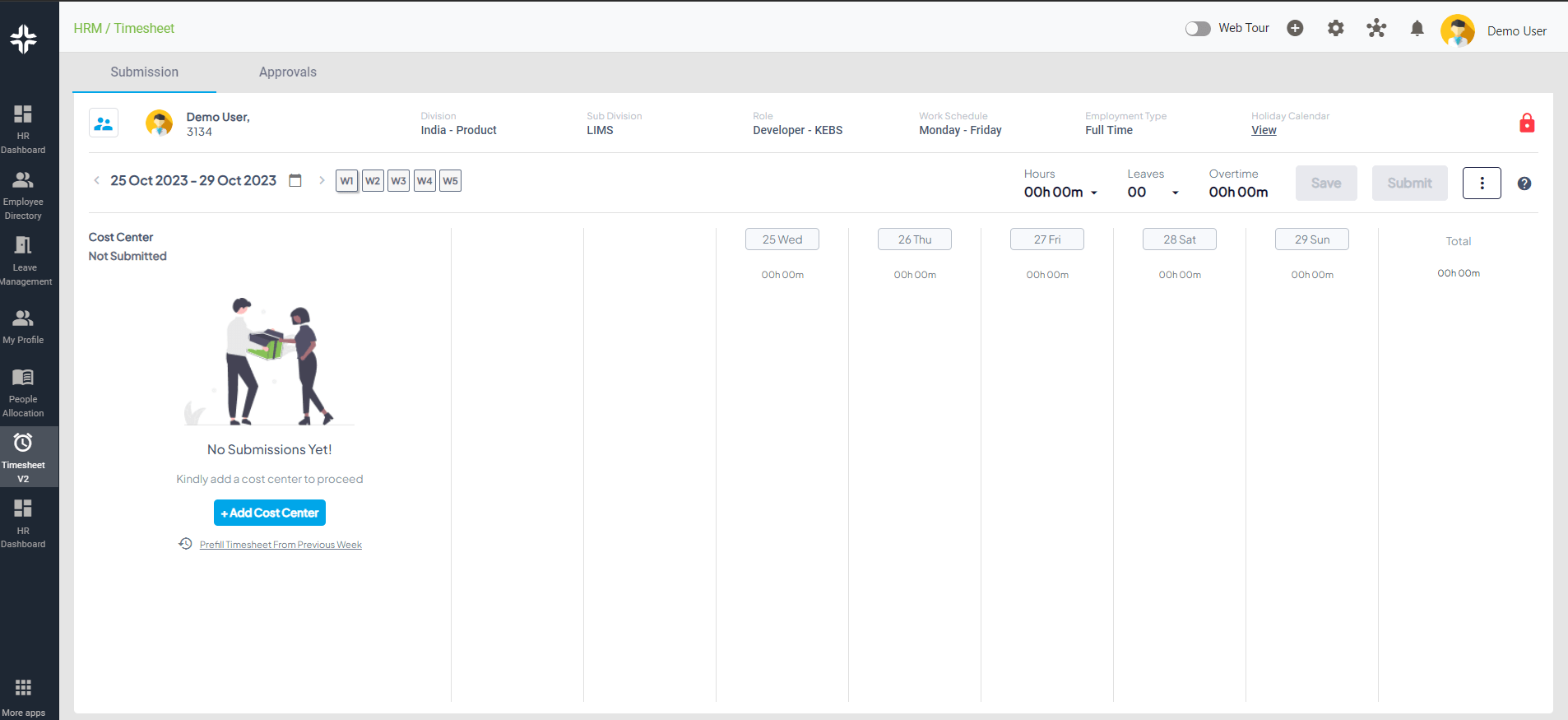Home » PSApedia
Planned vs Actual Hours
Compare Planned vs Actual Hours with Precision. Optimize Resource Allocation and Enhance Project Efficiency.

What is Planned vs Actual Hours?
Planned vs Actual Hours is a metric used in project management and business operations to compare the estimated hours allocated for a task or project (planned hours) against the actual hours spent on that task or project (actual hours).
This comparison helps businesses identify inefficiencies, assess team performance, and ensure that projects stay on track and within budget. For instance, if a project management software indicates that a task was supposed to take 10 hours but took 15 hours, it’s a clear sign that something went off track.
The Importance of Tracking Planned vs Actual Hours
Understanding the discrepancies between planned and actual hours is crucial for several reasons:
1. Budget Management: Overspending on labor can lead to budget overruns. By monitoring these hours, businesses can ensure they stay within their financial constraints.
2. Resource Allocation: If a task consistently takes longer than expected, it might be time to allocate more resources or re-evaluate resource management strategies.
3. Performance Analysis: Comparing planned vs actual hours can highlight team members who excel and those who might need additional training or support.
4. Improved Estimations: Over time, this comparison can help refine future project estimates, leading to more accurate planning and better project outcomes.

Why Planned vs Actual Hours is so important?
Calculating Planned vs Actual Hours
Formula:
Discrepancy Percentage = (Actual Hours−Planned Hours) / Planned Hours × 100
Example:
Let’s say a task was estimated to take 8 hours (Planned Hours), but it took 10 hours (Actual Hours) to complete.
Discrepancy Percentage=(10−8)8×100=25
This means the task took 25% more time than initially planned.
Differences Between Planned Hours and Other Metrics
While Planned vs Actual Hours is a vital metric, it’s essential to understand how it differs from other related metrics:
1. Planned Hours vs Billable Hours: While planned hours refer to the estimated time for a task, billable hours are the hours invoiced to the client. Using timesheet and billing software, businesses can ensure accurate invoicing.
2. Planned Hours vs Worked Hours: Worked hours represent the total time spent on a task, including any non-productive time. In contrast, actual hours only account for productive time.
3. Planned Hours vs Overtime Hours: Overtime hours are those that exceed the regular working hours and often come with additional costs. Monitoring overtime can be crucial for financial management.
| Metric | Definition | Purpose |
|---|---|---|
| Planned Hours | The estimated number of hours for a task or project. | Used for initial project planning and resource allocation. |
| Actual Hours | The actual number of hours spent on a task or project. | Helps track progress and analyze resource usage. |
| Earned Value (EV) | A measurement of project progress based on planned cost and actual cost. | Indicates if a project is ahead, behind, or on schedule. |
| Planned Value (PV) | The planned cost of the work scheduled to be completed. | Provides a baseline for cost control and progress assessment. |
| Schedule Variance (SV) | Measures the difference between earned value and planned value. | Indicates schedule performance. |
| Resource Allocation | The allocation of team members to tasks and projects. | Ensures that resources are used efficiently. |
How Planned vs Actual Hours is Used in Business
Businesses use the “Planned vs Actual Hours” metric in various ways:
- Project Management: To ensure projects stay on track and identify potential issues early on.
- Financial Forecasting: To predict labor costs and manage budgets effectively.
- Resource Planning: To allocate resources efficiently and ensure that tasks are completed within the estimated time.
- Performance Reviews: To assess team performance and identify areas for improvement or training.
- Client Communication: To keep clients informed about project progress and any potential delays.
Ready to Optimize Your Planned vs Actual Hours?
KEBS, a leading PSA Software, offers tools that can help businesses optimize their “Planned vs Actual Hours” metric. With features like timesheet tracking, resource management, and project management, KEBS ensures that businesses can plan accurately and monitor actual hours effectively.
Moreover, with KEBS comprehensive reports, businesses can gain insights into discrepancies and make informed decisions. Whether you’re looking to refine your planning process, improve resource allocation, or enhance team performance, KEBS has the tools to help.

KEBS Timesheet
Ready to optimize your Planned vs Actual Hours and drive business efficiency? Contact us today or request a demo to see KEBS in action!



